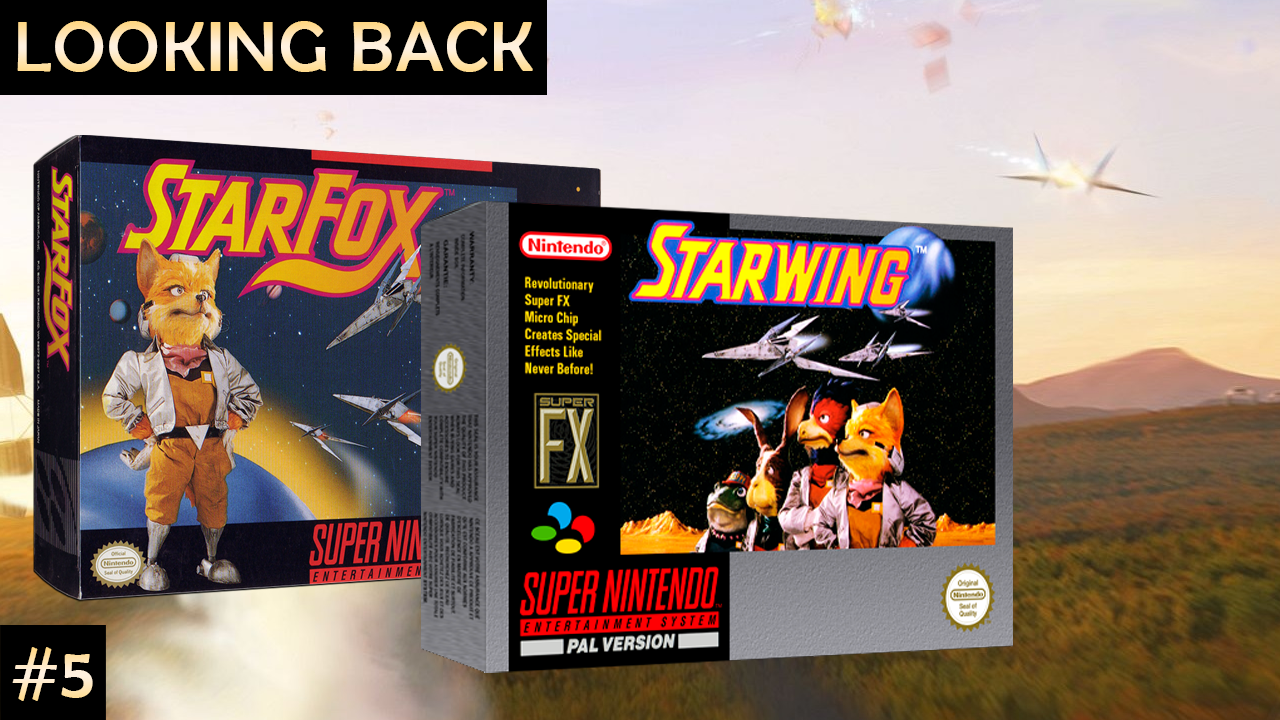
Long before 3D graphics became the standard for console gaming, Star Fox blasted onto the Super Nintendo in 1993 and changed everything. Known as Star Wing in Europe, it wasn’t just a fun space shooter, it was a technical showcase, a glimpse into the future. With its polygonal visuals, cinematic flair, and unforgettable soundtrack, Star Fox proved that the SNES could do things most players thought were impossible.
Background
Developed by Nintendo’s EAD team in collaboration with UK studio Argonaut Software, Star Fox was built around the revolutionary Super FX chip, a custom co-processor embedded directly in the cartridge. Designed by Jez San and his Argonaut team, the chip was capable of rendering 3D polygons in real time, something no home console could natively handle at the time.
Shigeru Miyamoto envisioned a space adventure inspired by arcades and sci-fi anime, while designer Katsuya Eguchi and composer Hajime Hirasawa helped bring that vision to life through tight gameplay and a heroic atmosphere. The animal pilots were chosen to make the game more approachable and to add personality to what was, at its core, a groundbreaking technical showcase.
Why It Stood Out
Star Fox wasn’t just impressive, it was jaw-dropping in 1993. The way the Arwing ships flew through twisting corridors, dodged laser fire, and took on massive 3D bosses felt like nothing else on consoles. The soundtrack blended military urgency with melodic themes that made each mission memorable. Even the in-game chatter, those muffled “blip” communications, gave the illusion of teamwork and immersion.
What truly set Star Fox apart, however, was its sense of cinematic presentation. From the mission briefings to the multiple routes through the Lylat system, it made players feel part of a living, evolving universe.
Regional Differences
The name Star Fox couldn’t be used in Europe due to trademark issues with a German company called StarVox, leading Nintendo to rename the game Star Wing for the PAL region. This naming quirk carried over into its sequel, where Star Fox 64 became Lylat Wars in Europe.
Beyond the title change, there were a few technical and localization tweaks. The European version runs slightly slower due to the PAL 50Hz standard, which affects both gameplay speed and music tempo. Some graphical effects were also adjusted to ensure better performance on PAL systems. Text and dialogue were localized into multiple languages, though the story and mission structure remained identical.
Interestingly, the Japanese version retained slightly different enemy placements and title screen music, giving it a subtly different pacing and tone. These variations make collecting and comparing versions a small but rewarding experience for die-hard fans.
Legacy
Star Fox (or Star Wing for European players) became one of Nintendo’s most important franchises and paved the way for future 3D hits like Super Mario 64 and The Legend of Zelda: Ocarina of Time. It spawned sequels across multiple systems, from Star Fox 64, known as Lylat Wars in Europe, often regarded as the definitive version, to experimental entries like Star Fox Adventures and Star Fox Zero.
Technically, it demonstrated what was possible when developers pushed hardware boundaries. The Super FX chip would later power games like Doom and Yoshi’s Island, continuing Argonaut’s influence well beyond this one release.
My Take
My introduction to Star Fox was actually through Star Fox 64 (or Lylat Wars, as we knew it here in Europe) on the Nintendo 64, a game that instantly grabbed me with its smoother controls and voice-acted missions. But it didn’t take long before curiosity led me back to the original, and I was absolutely mind-blown by what it achieved on the SNES. Even today, that first stage, Corneria, remains one of my favorite pieces of Star Fox music ever composed.
While Star Fox 64 refined the concept, the SNES original still feels special. There’s something raw and ambitious about it, a sense of discovery that perfectly captures Nintendo’s early 3D experimentation. To me, Star Fox (or Star Wing) isn’t just a landmark in gaming history, it’s a reminder of how imagination and clever engineering can completely redefine what’s possible on a home console.

Love these type of articles, gives some cool context to the games!
Thank you! It’s really fun to write them aswell, takes me through a trip of nostalgia!